Entry Category: Individuals and Units
Hawthorn, Alexander Travis
aka: Alexander T. Hawthorne
Hawthorne’s Arkansas Infantry (CS)
Helena Artillery Battery (CS)
aka: Key’s Battery
 James R. Hendrix
James R. Hendrix
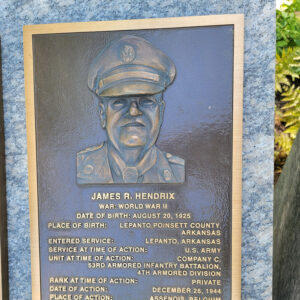 James R. Hendrix Plaque
James R. Hendrix Plaque
Hendrix, James Richard
Herron, Francis Jay
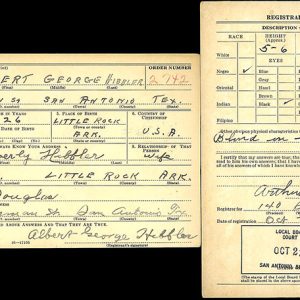 Hibbler Draft Card
Hibbler Draft Card
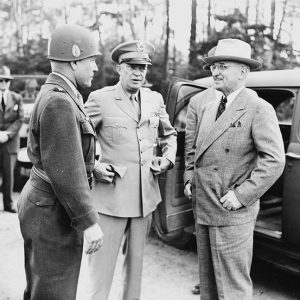 D. O. Hickey
D. O. Hickey
Hickey, Doyle Overton
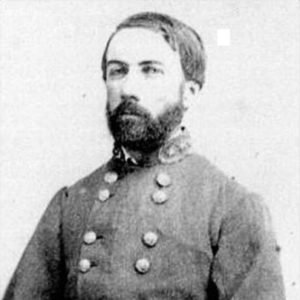 Daniel Harvey Hill
Daniel Harvey Hill
Hill, Daniel Harvey
Hill, Thomas Lionel
Hindman, Thomas Carmichael
Hodges, Jerry T.
Holmes, Theophilus Hunter
Holt, George Moreau
Horner, Elijah Whitt
Hospital Unit T
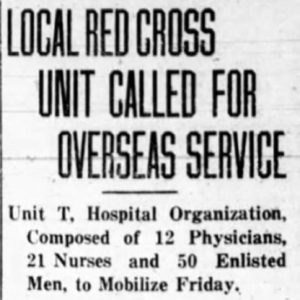 Hospital Unit T Article
Hospital Unit T Article
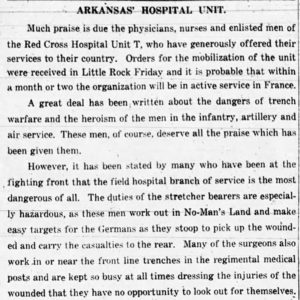 Hospital Unit T Paean
Hospital Unit T Paean
Hovey, Charles Edward
Howe, John David
 John G. Hudson
John G. Hudson
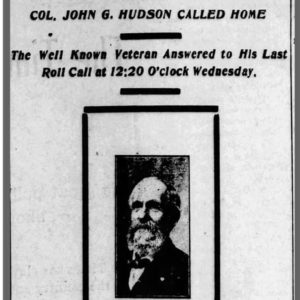 John G. Hudson Death Notice
John G. Hudson Death Notice
Hudson, John Gardner
 William J. Hunter
William J. Hunter
Indian Soldiers (Civil War)
Ingram, James M.
aka: James M. Ingraham
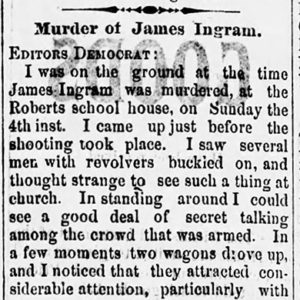 James Ingram Murder Article
James Ingram Murder Article
Jackman, Sidney Drake
 Sidney Drake Jackman
Sidney Drake Jackman
Jayhawkers and Bushwhackers
aka: Bushwackers and Jayhawkers
aka: Guerrillas (Civil War)
 Johnson Lawsuit Story
Johnson Lawsuit Story
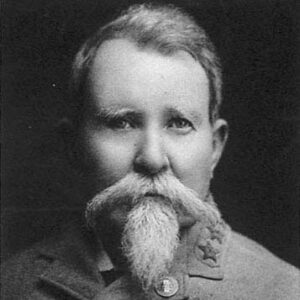 Benjamin W. Johnson
Benjamin W. Johnson
Johnson, George T. F.
aka: George Taylor
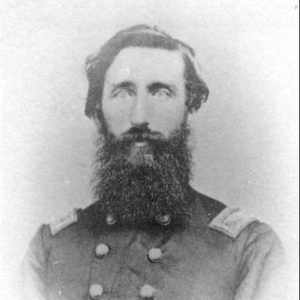 James M. Johnson
James M. Johnson
Johnson, James Madison
Johnson, Samuel
Johnson, William J.
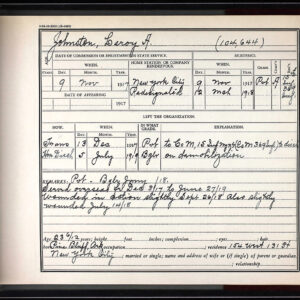 Johnston Military Record
Johnston Military Record
Johnston, Leroy Alfred
Keenan, Jimmie Owens
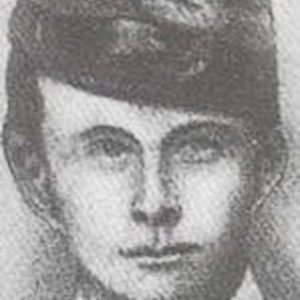 John H. Kelly
John H. Kelly
Kennedy, John
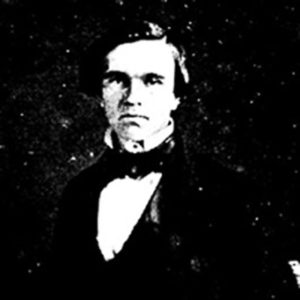 Thomas Key
Thomas Key
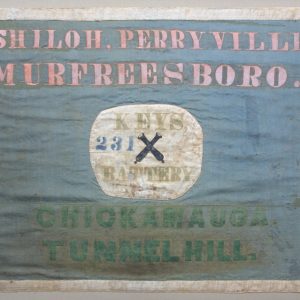 Key's Battery Flag
Key's Battery Flag
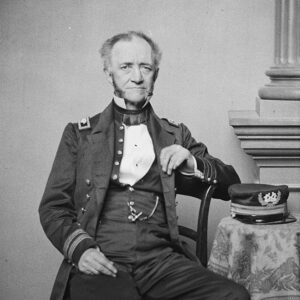 Augustus Kilty
Augustus Kilty
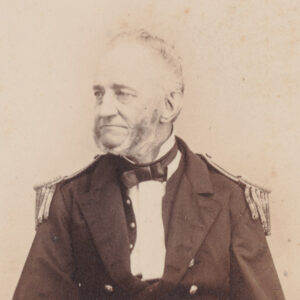 Augustus Kilty
Augustus Kilty




